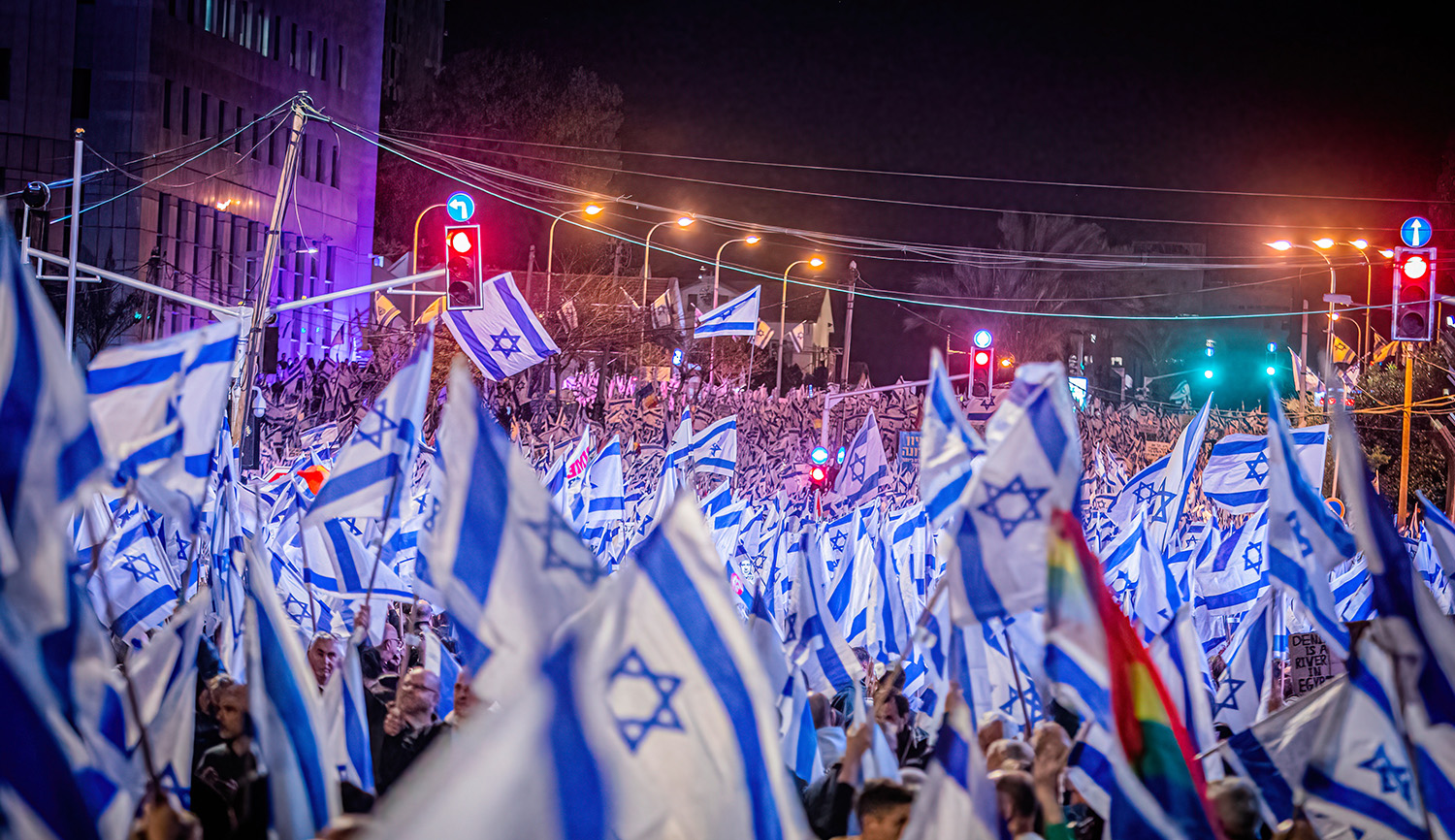Last week, the Metropolitan Museum of Art issued a press release about a new exhibit featuring works by the widely acclaimed German artist Gerhard Richter. Lee Rosenbaum comments on the wording:
“Horrific,” “profoundly disturbing,” “jolting,” . . . but surely not “poignant.”
That mild adjective was used by the Metropolitan Museum’s communications office in its. . . for the press release announcing the display (to January 18) of Gerhard Richter‘s four paintings from his “landmark Birkenau series” of 2014, in which black-and-white photographic images of inmates who had been killed by the Nazis in the Auschwitz-Birkenau gas chamber were colorfully overlaid and obliterated, using Richter’s signature “squeegee” technique.
“Poignant” is a word that I’ve never before seen (and hope never to see again) in connection with the Holocaust. These paintings soft-pedal and aestheticize photos that were taken of gas-chamber victims while their remains were being burned and disposed of. That stark visual evidence of what might otherwise have been disbelieved and denied was surreptitiously captured on camera by the Sonderkommandos—concentration camp prisoners who were forced to “burn the hundreds of thousands of people that were gassed—some of whom they recognized as family members, friends, or acquaintances,” in the words of . . . the Museum of Jewish Heritage.
I can only hope that the next time the Birkenau series surfaces, it won’t be at an auction house or an art dealer’s gallery.
More about: Art, Holocaust, Metropolitan Museum of Art


